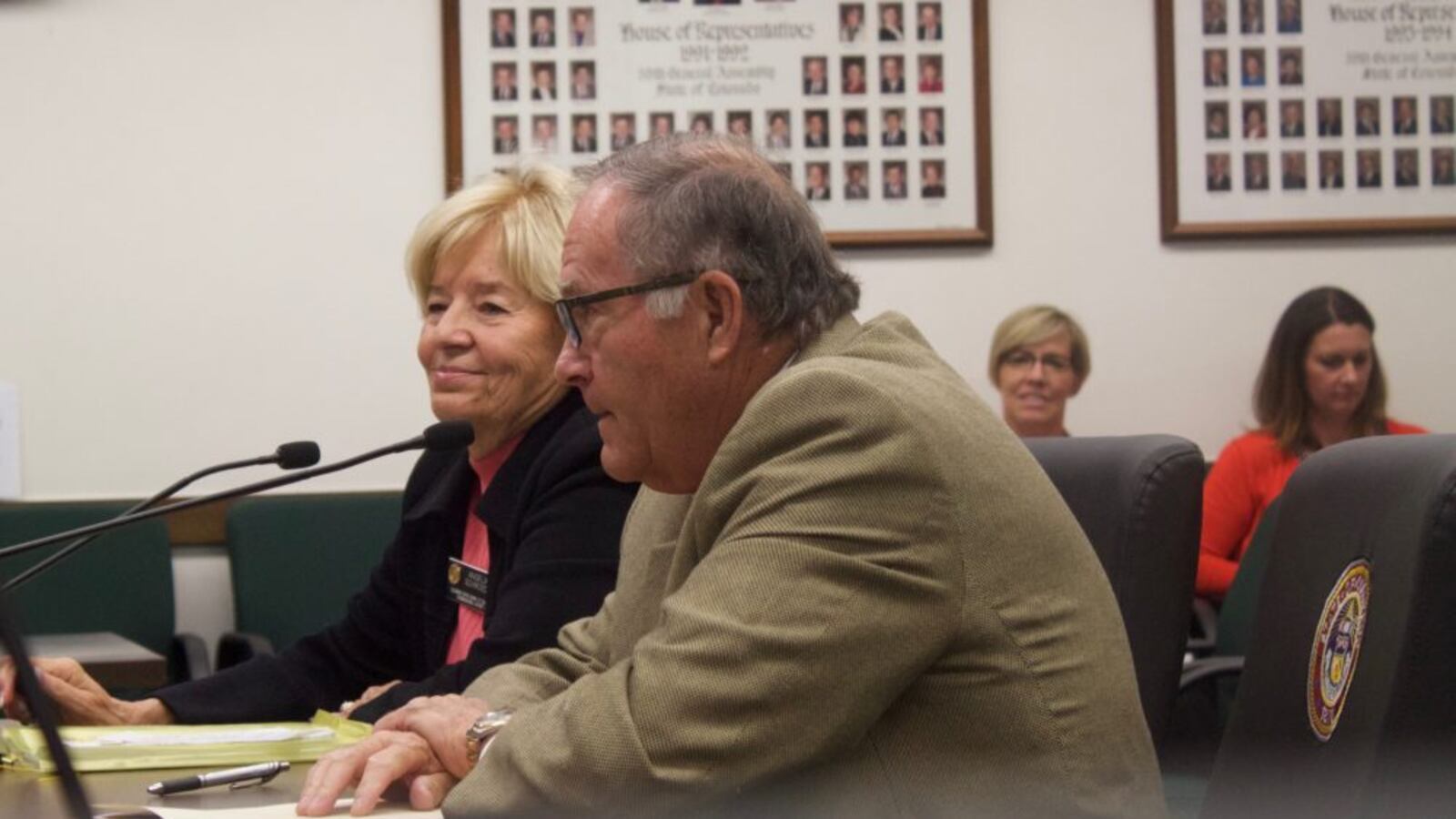In an effort to keep federal dollars flowing to Colorado classrooms, the State Board of Education voted Wednesday to create two quality systems for the state’s schools — the existing one designed in 2009 by state lawmakers, and a new one that meets federal requirements.
The unusual arrangement amounts to a compromise between the state education department and the U.S. Department of Education.
After Colorado became a national epicenter for the opt-out movement in 2015, the State Board of Education adopted a policy that forbid the state from lowering a school’s quality rating if they missed the 95 percent participation requirement.
That proved to be a sticking point when state officials submitted Colorado’s plan for complying with the nation’s new education law, the Every Student Succeeds Act. Federal officials sent the plan back, saying the opt-out provision didn’t comply with the new law.
In the compromise, the state will continue to issue state school quality ratings that don’t penalize schools for high opt-out rates.
However, the state will create a separate list of schools based on the federal requirement that students who opt out are counted as not proficient.
Some state board members worried two systems would create additional work for teachers, create confusion among the public or misidentify schools.
State officials said Wednesday, teachers, students and parents shouldn’t notice much difference. No school or district will be responsible for submitting more data. The state will be responsible for slicing and dicing results from annual tests as they have in the past.
Because Colorado students who opt out tend to be white and more affluent, this change could flag schools for financial support to boost learning that really don’t need it.
State education officials assured the board that it had discretion in identifying whether a school is truly low-performing or if its scores are deflated from low participation.
Earlier this fall, the state took a voluntary step toward the two-system approach when it published a list of schools that qualify for federal grants. The state adopted some, but not all of the federal requirements, when it created that list.
Board member Steve Durham, a Colorado Springs Republican, said he hoped the state would not publicize the results from the federal identification system.
“It should not be given equal weight with the data that we find appropriate,” he said.
Durham also asked the state education department to remind schools that it is still illegal to penalize students who opt out of state tests. (It’s also against the law to incentivize students to skip the English and math exams.)
The state must resubmit its plan to the federal government by Oct. 23.
Correction: This post has been updated to clarify how the state previously penalized schools for missing the 95 percent participation rate before the state board took action.

